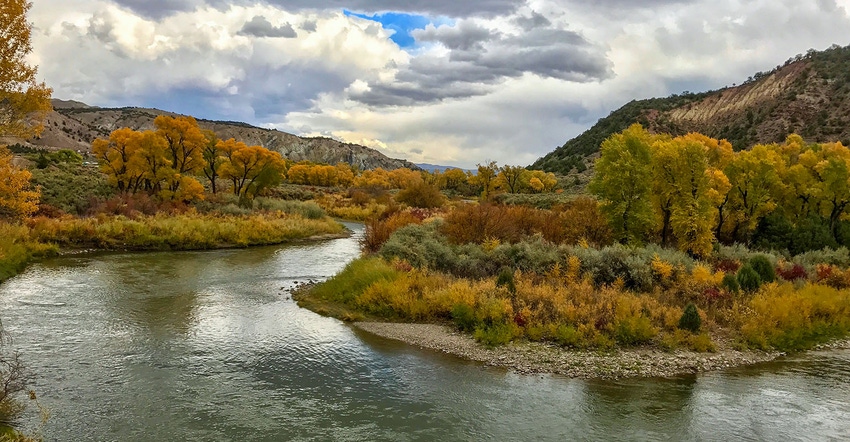
By Brian K. Sullivan
Almost three-fourths of the western U.S. is gripped by drought so severe that it’s off the charts of anything recorded in the 20-year history of the U.S. Drought Monitor.
Mountains across the West have seen little precipitation, robbing reservoirs of dearly needed snowmelt and rain, said Brad Rippey, a meteorologist and Drought Monitor author with the U.S. Department of Agriculture. The parched conditions mean the wildfire threat is high and farmers are struggling to irrigate crops. Meanwhile, dropping water levels in Lake Oroville, one of California’s largest reservoirs, forced authorities to remove more than 100 houseboats, according to the Weather Channel.
“Water supply is the big story for the West, and we are getting in trouble with all the interests that try to compete for a slice of that water,” Rippey said by telephone. “There is not a lot to go around this year.”
72% of the western US is currently in "severe" drought or worse. This is now the most extensive severe drought in recorded history.
— Eric Holthaus (@EricHolthaus) June 3, 2021
We are in a climate emergency.https://t.co/vGISltAZUM pic.twitter.com/D57IACRw2E
Unlike the eastern U.S., in the West most water comes in winter months in the form of rain that gushes into reservoirs or snow that piles up on mountainsides. Last year, drought cost the nation $4.5 billion, according to the U.S. National Centers for Environmental Information. This year, what little snow that fell soon melted away and seeped into dusty ground rather than rivers, streams and reservoirs.
For a photo essay of California’s worsening drought, click here.
“We have never seen a drought at the scale and the intensity that we see right now, and it is possible that this may be the baseline for the future,” Elizabeth Klein, senior counselor for the Department of Interior told a Congressional hearing last week. “California is currently experiencing its third-driest year on record; the second two driest years on record, and the driest year since 1977.”
Through the end of April, 1.7 million acre-feet of water melted off California’s mountains, down from the normal rate of 8 million, Rippey said. In the last two years, there has only been 4 million.
“This is, by far, the worst recharge year in modern history,” Rippey said.
In addition to the drought figures, officials are concerned about the Colorado River, which powers hydroelectric plants and provides drinking and irrigation water across much of the Southwest and parts of Mexico. So much water is taken out of the Colorado, in fact, that it rarely ever makes it to its historical delta in the Gulf of California.
Based on paleohydrology, scientists say the Colorado is experiencing one of its driest periods in 1,200 years, Klein said.
© 2021 Bloomberg L.P.
About the Author(s)
You May Also Like




